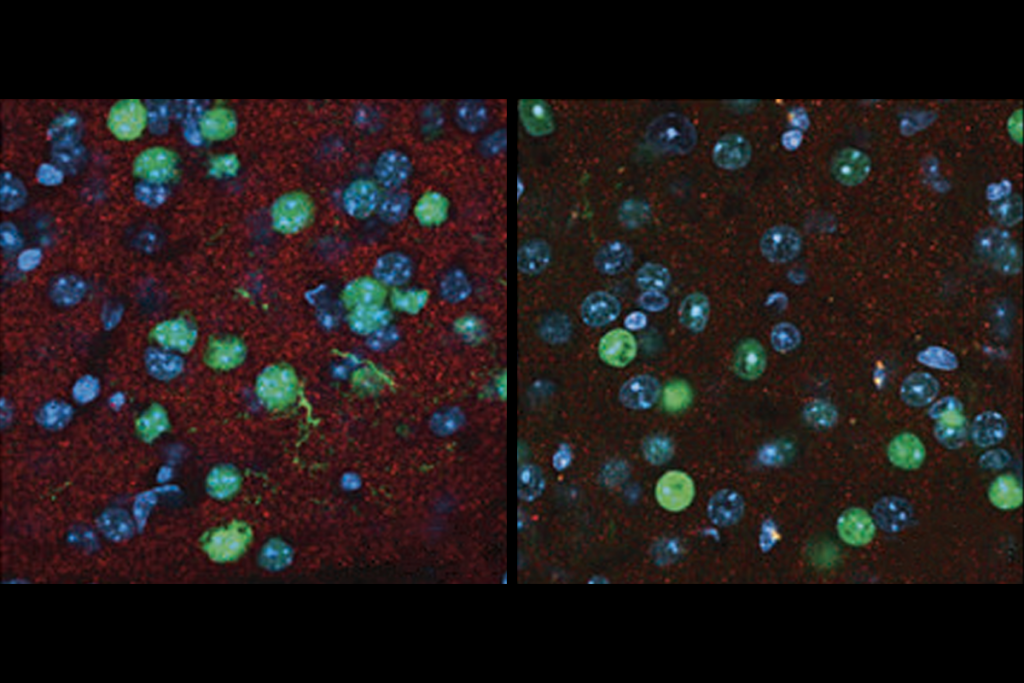Autism’s gender bias evident before diagnosis
Girls and boys show telling differences in social and repetitive behaviors well before receiving an autism diagnosis, helping to explain the gender gap in diagnostic rates.
One of the most consistent findings in autism — and arguably the most perplexing — is that it affects four times as many boys as girls. There’s no shortage of theories to explain this gender imbalance: Autism-related behaviors manifest differently in girls, who also require more mutations than boys do to trigger the disorder.
Many studies have investigated behavioral differences between boys and girls after diagnosis. But these behaviors may not be the same as those that precede diagnosis — or the same ones that make autism more difficult to identify in girls. Also, the standard diagnostic tests are thought to be better at picking up autism-related behaviors in boys than in girls.
A new study, published 25 February in Autism, looks at these much-neglected prediagnostic behaviors. It asks parents or other caregivers to recall their child’s behavior before diagnosis and identifies clear differences in social and repetitive behaviors between boys and girls. For example, girls are more motivated to fit in so they develop skills to make it look like they do.
The researchers askedthe caregivers of 92 boys and 60 girls with autism to complete an online survey with 17 multiple-choice questions about the children’s behaviors. They also asked caregivers to recall how clinicians responded when they first voiced concerns about their child, and whether any teachers sounded alarms about the child’s development. All of the children were diagnosed at about age 9.
Girls later diagnosed with autism tend to have better vocabularies than boys and are more adept at imitating others’ actions, the survey found. Girls also have a stronger desire to fit in with peers. The caregivers also indicated that girls often cope during social situations by mimicking others, whereas boys tend to walk away or observe quietly.
Taken together, the findings jibe with previous studies that have suggested that the social behaviors of girls mask their atypical development.
The survey also probed early differences in repetitive behaviors and restricted interests, a core feature of autism. Previous studies have reported that girls show fewer repetitive behaviors than boys do, but the survey revealed that only the nature of the interests differs with gender.
Boys tend to fixate on wheeled toys — obsessively lining them up or spinning the wheels; girls, on the other hand, tend to collect seemingly random objects, such as shells, feathers and stickers. Keeping such collections may more closely resemble typical development than does a fascination with wheeled toys, which is often associated with autism, and so is less likely to be picked up as a sign of the disorder.
Although clinicians responded similarly to caregiver concerns about boys and girls, teachers were more likely to report concerns about boys. This finding suggests that girls’ symptoms manifest differently at school than at home. Conflicting accounts of a child’s behavior from caregiver and teacher may make it all the more difficult for a clinician to diagnose the disorder in girls.
The study is not without limitations, as a child’s current symptoms may skew a caregiver’s recollection of past behaviors. Still, information about early sex differences may yield valuable clues to help diagnose the disorder in girls.
Recommended reading
Home makeover helps rats better express themselves: Q&A with Raven Hickson and Peter Kind

Genetic profiles separate early, late autism diagnoses

SHANK3 deficiency and behavior in mice; and more
Explore more from The Transmitter
